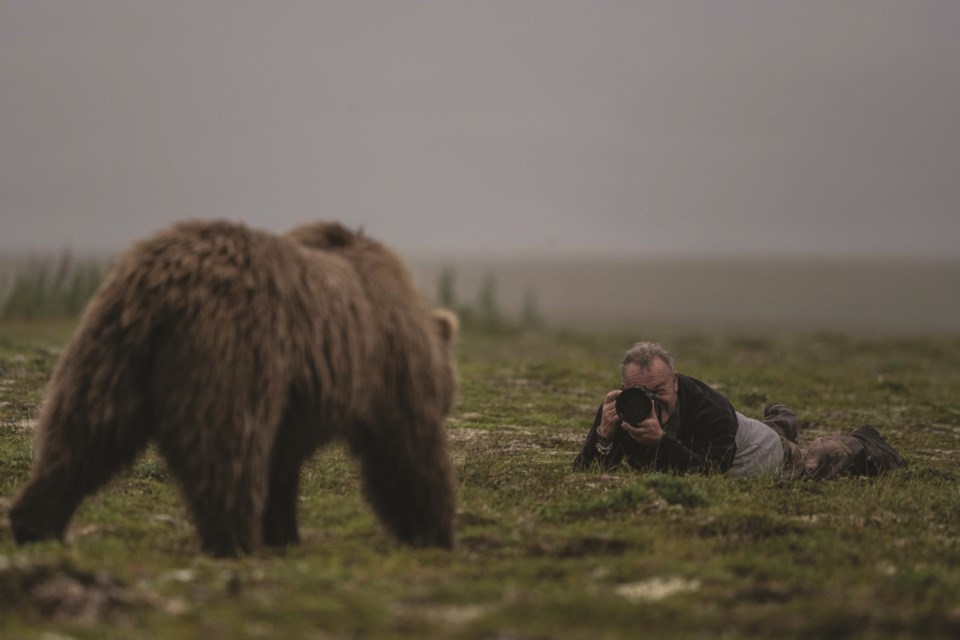Scottish-born photographer, author, and conservationist David Yarrow is known for some iconic images that range wildly in subject.
Whether he’s capturing polar bears, lions, or buffalo in the wild or shooting celebrity models like Cara Delevingne or Cindy Crawford, the images are imbued with his distinct style and decades of experience.
Yarrow is set to visit Whistler for a meet-and-greet on Jan. 3 from 4 to 6 p.m. at the Whistler Contemporary Gallery’s Four Seasons location (email [email protected] or call 604-938-3001 to reserve a spot) and a book signing on Jan. 4 from 12 to 4 p.m.
Ahead of the event, Pique caught up with the photographer by email to talk about his long career, favourite place to photograph and models versus wildlife.
Pique: You capture a wide range of interesting subjects. I get the sense you’re following your curiosity or what you find compelling. How do you keep that obvious passion or excitement alive as you get decades into your career?
David Yarrow: I will never retire, as I don’t consider following your passion to be real work. It is far harder work for me to sit on a beach all day and do nothing than to continue to do what I do. There is no end game, no plan to change what I am doing. I just want to get better, but that will only come from commitment.
When I leave this world, I hope I will leave a legacy of a portfolio of work that is respected by my peers and enjoyed by collectors. But hopefully I am getting towards the end of the second quarter in that crusade. Photographers, like wine, improve with age.
When you started out, you were watching your photos being developed in a darkroom. Have the logistical changes in photography impacted any of the creative aspects for you?
In 1986, only weird people were photographers, but in 2022 everyone is a photographer. Our bar has been raised as to what really is art as opposed to a strong photograph.
You’ve travelled to countless locations for work. Are there places you like to return to?
We return again and again to Montana, partly because we have a network of local contacts and fixers that deliver both logistical precision on the ground and access to the best locations, but mostly because the canvas on which to tell stories is so rich in potential.
Has your relationship to wild animals changed over your years of photographing them? You capture such a soul to them, it’s clear there’s a connection.
Right now, I am more interested in photographing Hollywood than hippos. You cannot instruct a hippo. Artists need fresh challenges and are continually evolving. I make pictures, I don’t take them, and that does mean I am drawn towards situations in which I am not hostage to the random walk of nature—how on Earth can that be art? I will always be drawn to wildlife and will try to do better in my efforts in this space, but it’s less than a third of what I do these days.
What’s it like to be the person behind an “iconic photo” (or, I mean, several)?
Any benefit of taking an iconic photo comes later. As someone smarter than me once said, it has taken me 34 years to become an overnight success.
I am only as good as my next shot, and that leads me to look forward, not back. My best pictures are the ones I have not taken yet. How dull if it was the other way around. I don’t really care too much about my 10th best image of 2019—it’s behind me—let’s go and smash it tomorrow.
For more visit whistlerart.com.




